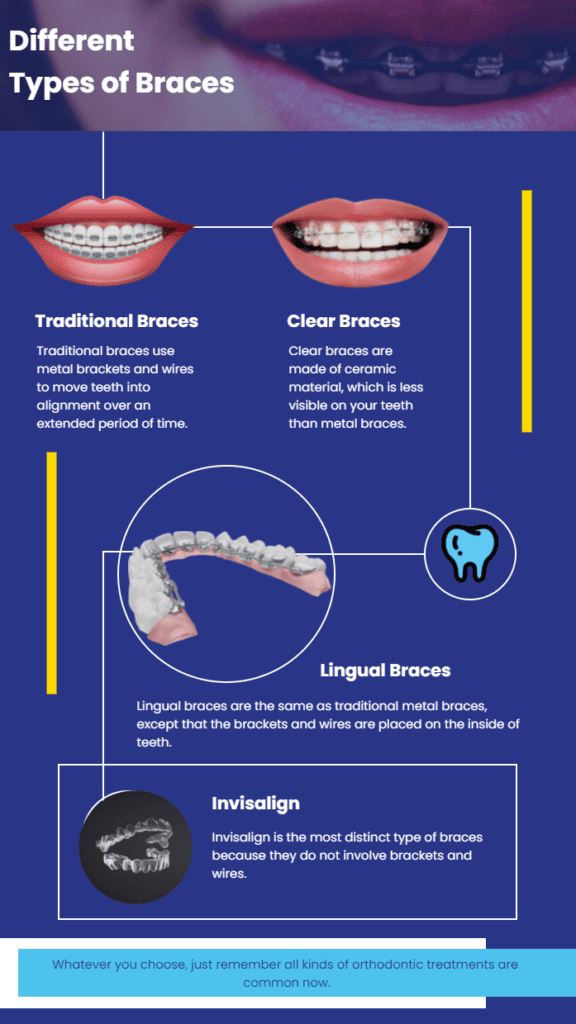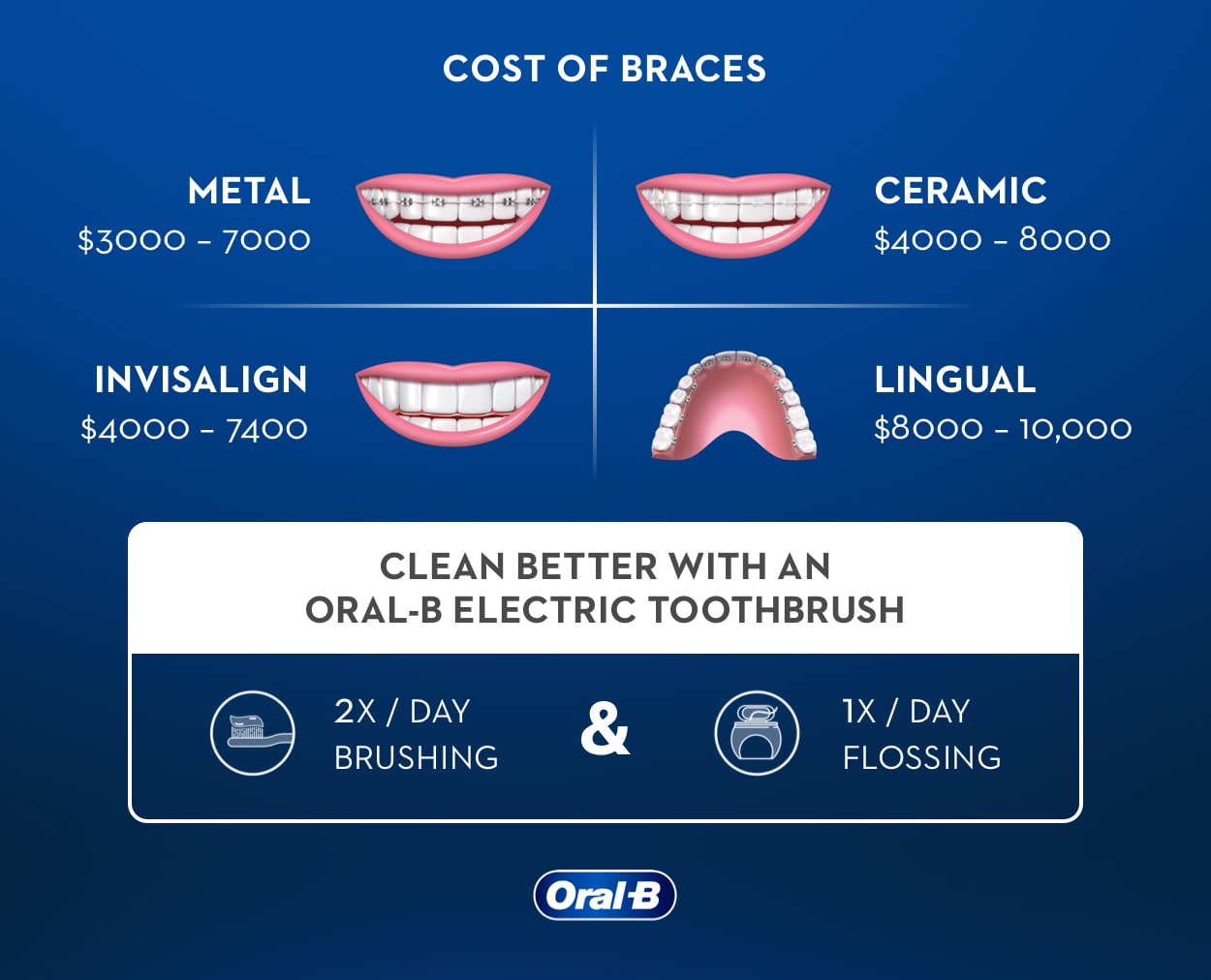Comprehensive Guide to Orthodontics Treatments for Dealing With Dental Imbalances
In the world of orthodontics, the journey to accomplishing a flawlessly aligned smile includes a myriad of treatments customized to fix dental imbalances. From typical braces to unnoticeable aligners and also surgical alternatives, the area of orthodontics offers a variety of options to address varying degrees of dental abnormalities. Recognizing the details of each procedure, including their devices, benefits, and prospective disadvantages, is crucial in making informed choices regarding one's orthodontic treatment. As we navigate with the comprehensive guide to orthodontic procedures for fixing dental misalignments, the elaborate information of each technique will unfold, clarifying the path toward a harmonious and practical oral alignment.
Orthodontic Procedures Overview

Regular modifications and tracking are critical components of orthodontic treatment to make sure progression is on track and to make any kind of necessary modifications along the way. By going through orthodontic procedures, clients can not just accomplish a straighter smile however also improve their general oral wellness and feature.
Typical Braces: Just How They Function
When thinking about orthodontic treatments for oral misalignments, standard braces stand out as a tried and true approach for correcting teeth placing. Traditional braces are composed of braces, wires, and bands that function with each other to apply constant stress on the teeth, gradually moving them right into the wanted alignment.
As stress is used to the teeth via the dental braces, the bone bordering the teeth is improved to sustain the brand-new tooth placements. People will certainly require normal changes at the orthodontist's workplace to guarantee the dental braces proceed to use the right stress for efficient teeth motion.
Invisible Aligners: Pros and Cons
These clear, customized trays are virtually unseen when used, making them an appealing alternative for individuals seeking a more cosmetically pleasing orthodontic treatment. Patients can get rid of the aligners before consuming or brushing their teeth, minimizing the risk of food getting stuck in the home appliance and streamlining the cleaning procedure.

Surgical Orthodontic Options
Surgical treatments in orthodontics existing sensible alternatives for addressing complex dental imbalances that might not be properly resolved through conventional orthodontic therapies. While typical dental braces and unseen aligners can fix numerous orthodontic issues, certain cases call for medical intervention to accomplish optimum outcomes. Surgical orthodontic choices are normally suggested for severe malocclusions, significant jaw disparities, and instances where the underlying bone structure needs alteration to accomplish appropriate alignment.
One common medical orthodontic procedure is orthognathic surgery, which entails rearranging the jaws to fix functional concerns such as difficulty eating or talking. This surgical procedure is commonly carried out in collaboration with an orthodontist that helps straighten the teeth before and after the procedure. Surgical orthodontics dentist near you might additionally include treatments to subject impacted teeth, get rid of excess gum cells, or reshape the jawbone to create a more harmonious facial profile.
Before considering medical orthodontic alternatives, clients undertake a detailed assessment to determine the requirement and possible benefits of such treatments. aligners. While surgical procedure may appear difficult, it can significantly enhance both the feature and aesthetic appeals of the smile in instances where conventional orthodontic treatments drop short
Retainers and Post-Treatment Care

Post-treatment treatment entails adhering to the orthodontist's guidelines diligently. This might include appropriate dental health techniques, attending follow-up appointments, and using the retainers as prescribed. Failure to abide with post-treatment treatment guidelines can result in relapse, where the teeth gradually return towards their initial positions. Consistent retainer wear, good oral hygiene, and regular dental examinations are necessary for maintaining the outcomes accomplished with orthodontic surgical procedure and making certain the long-term security of the dealt with oral placement.
Conclusion
To conclude, orthodontic treatments use different options for correcting oral imbalances. Conventional braces use steel brackets and wires to change teeth into proper placement. Undetectable aligners give an even more discreet alternative yet may not be suitable for all instances. Surgical orthodontic choices are available for a lot more extreme imbalances. Retainers are typically used post-treatment to preserve the new placement. In general, orthodontic treatments can successfully improve dental health and visual appearance.
As we navigate via the comprehensive overview to orthodontic treatments for fixing oral misalignments, the elaborate information of each approach will unfold, losing light on the course towards a practical and unified dental positioning. - aligners
One of the most usual orthodontic therapies is the use of braces, which consist of steel braces and wires that apply gentle pressure to slowly change teeth right into the desired setting.When thinking about orthodontic therapies for oral imbalances, traditional braces stand out as a tried and true technique for dealing with teeth placing. Additionally, unnoticeable aligners might not be ideal for intricate orthodontic concerns that require more significant teeth movement, as they are usually suggested for mild to moderate cases. Retainers are customized orthodontic gadgets developed to hold teeth in their remedied settings after the completion of orthodontic treatment.